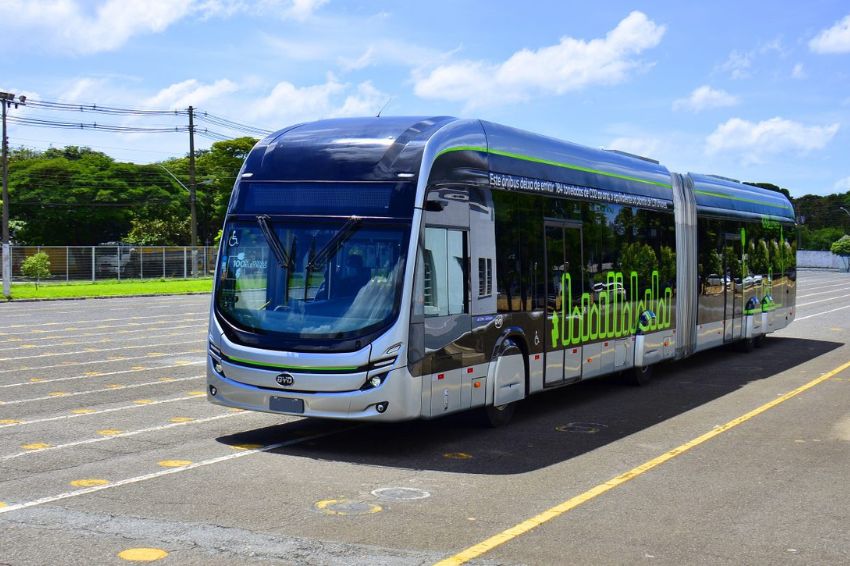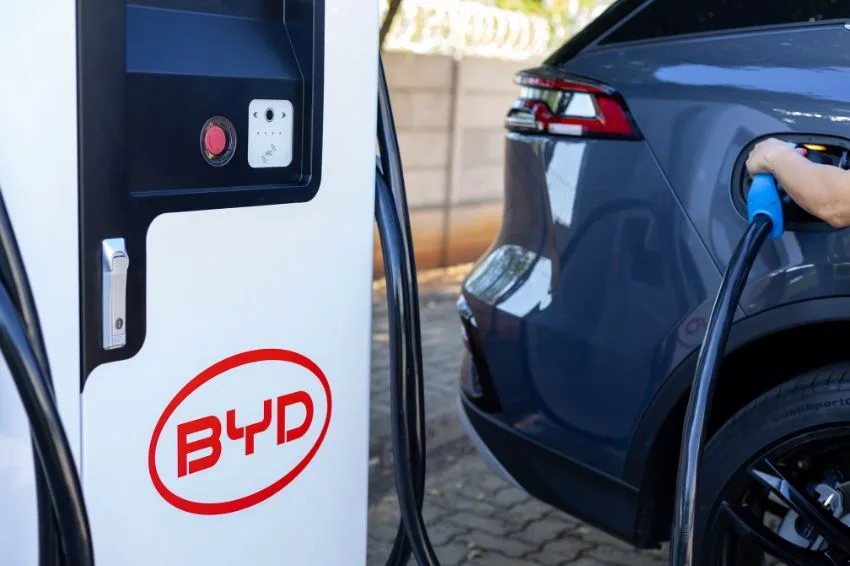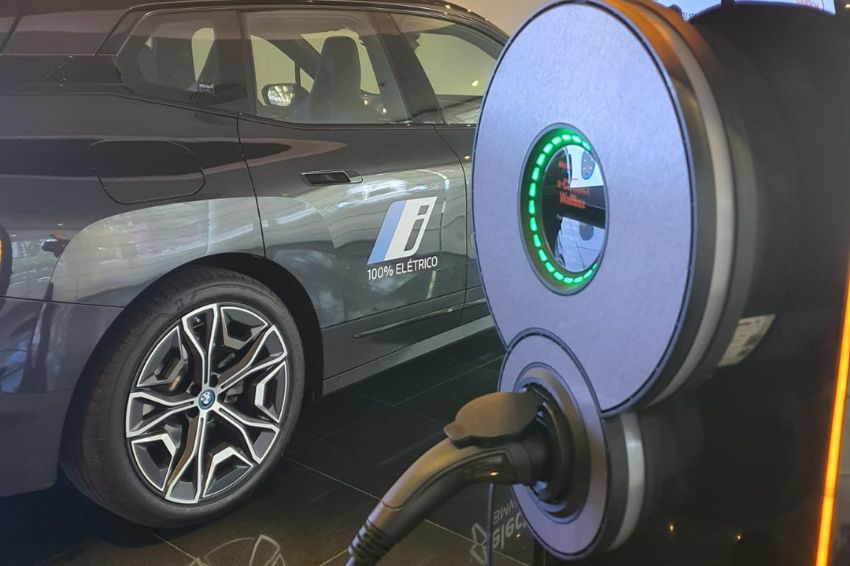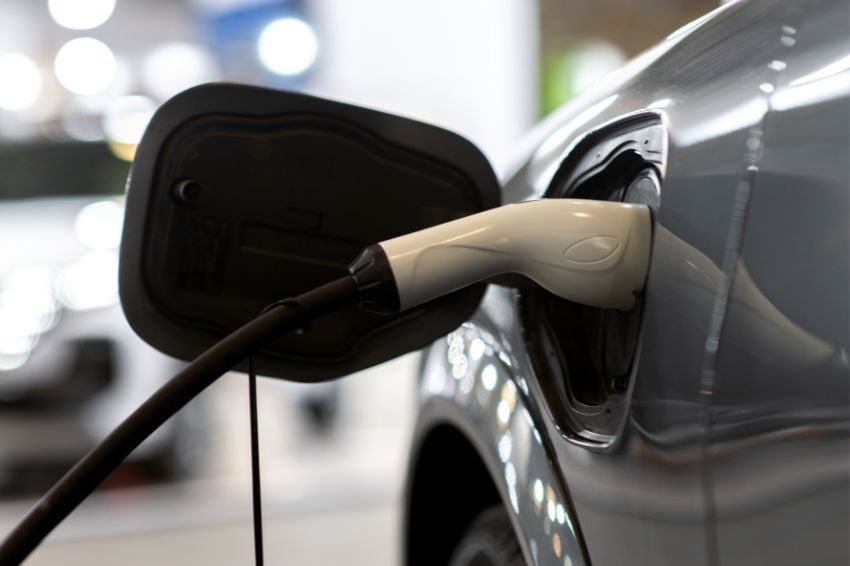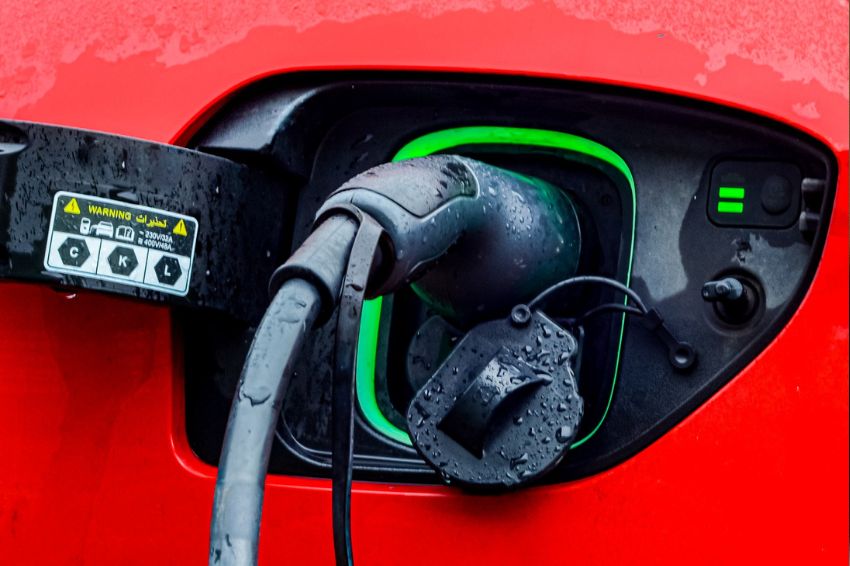The road transport sector can achieve net-zero emissions by 2050 through electrification, but some action is needed to achieve this goal. This is what the latest annual Electric Vehicle Outlook report from BNEF (BloombergNEF).
According to BNEF, certain segments, such as buses and two- and three-wheelers, are close to getting on the net zero path, but there is no room for complacency and more initiatives are needed to get on the path elsewhere – especially in commercial cars. medium and heavy.
“The window to maintain net-zero emissions from road transport by 2050 is still open – but just barely. A big push is needed from governments, automakers, parts suppliers and charging infrastructure providers in the coming years,” said Aleksandra O’Donovan, head of electric vehicles at BNEF.
The study describes two scenarios for the adoption of electric transport by 2050 and examines the impacts on demand for batteries, materials, oil, electricity, infrastructure and emissions.
Different scenarios
The Economic Transition Scenario, which assumes that no new policies and regulations are enacted, is driven primarily by techno-economic trends and market forces.
The Net Zero Scenario mainly analyzes the economy as the decisive factor for which transmission technologies will be implemented to reach the 2050 target.
Based on the Economic Transition Scenario, EV sales (electric vehicles) of passengers are expected to grow rapidly in the coming years, rising from 6.6 million sold in 2021 to 21 million in 2025.
The EV fleet on the road will reach 77 million in 2025 and 229 million in 2030 – up from 16 million at the end of 2021.
Demand for oil will plummet
According to BloombergNEF, as EV uptake continues to grow, they are already displacing 1.5 million barrels of oil demand per day.
Most of this is from electrified two- and three-wheeled cars in Asia, but the increasing commercialization of passenger EVs will take it to 2.5 million barrels per day by 2025.
Overall, the report finds that oil demand from road transport is expected to peak in 2027 as electrification extends to all other areas of road transport beyond passenger cars.
Sales of internal combustion engine vehicles already peaked in 2017 and BNEF expects the global passenger EV fleet to begin declining in 2024.
Goal
To get on track for a net-zero global fleet by 2050, zero-emission automobiles need to represent 61% of global new passenger vehicle sales by 2030, 93% by 2035, and the last internal combustion engine vehicle in any segment needs be sold by 2038.
The research also found that V2G (Vehicle-to-Grid) technology can play a role in reducing emissions from the energy sector and creating value for consumers.
Colin McKerracher, head of BNEF's advanced transport team and lead author of the report, said electric cars are a powerful tool in reducing global CO2 emissions from the transport sector.
“There are very positive signs that the market is moving in the right direction, but more action is needed – especially when it comes to heavy trucks. The initiative also needs to focus on emerging markets, which need financial support to help enable and accelerate the transition to electric mobility of all types”, he highlighted.
According to BNEF, developed countries and multilateral institutions should include investments in electrified cars, incentives and charging infrastructure deployments in their international climate finance plans, making capital available to emerging economies that have credible plans to develop this sector.
“Concessional financing has been a key enabler for the development of renewable energy generation in emerging economies and can play a similar role in the EV sector,” the study reported.
Passenger EV Fleet
The fleet of electric passenger vehicles is expected to reach 469 million in 2035 in the Economic Transition Scenario, but needs to jump to 612 million by the same date in the Net Zero Scenario.
According to the report, much of the gap will have to be addressed in emerging economies, while rich countries must look for ways to support the transition in these markets and avoid a global slowdown in adoption.
Batteries and fuel cells
BNEF also explores whether batteries or fuel cells are the most likely solution for long-distance heavy loads.
By the end of the 2020s, megawatt-scale charging stations, as well as the emergence of higher energy density batteries, will make battery-electric trucks a viable option for heavy-duty long-distance operations.
“Direct electrification through batteries appears to be the most economically attractive and efficient approach to decarbonizing road transport, including trucks, and should be pursued whenever possible,” BloombergNEF pointed out.
In the company's view, hydrogen fuel cell vehicles could help fill the small gaps left by electrification in some heavy-duty automobiles, in regions or duty cycles where batteries struggle.
Another point highlighted is that reducing car dependence through public transport, walking, cycling and other measures should be sought whenever possible.
The company's projections indicate that a 10% reduction in car kilometers traveled by 2050 would lead to 200 million fewer vehicles on the road, reducing cumulative CO2 emissions by 2.25 gigatons and easing strain on the battery supply chain, which which will benefit long-term decarbonization goals.
“Electric vehicle manufacturers are contemplating a very tight battery raw materials market in the coming years. The supply chain for this segment will require significant short-term investment to avoid a supply crisis,” the research said.
“However, the rising cost of batteries will not make the adoption of EVs unfeasible in the short term. Some of the factors that are driving high battery raw material values – war, inflation, trade friction – are also pushing the price of gasoline and diesel to record highs, which in turn is generating more consumer interest in electrified cars”, they concluded.


